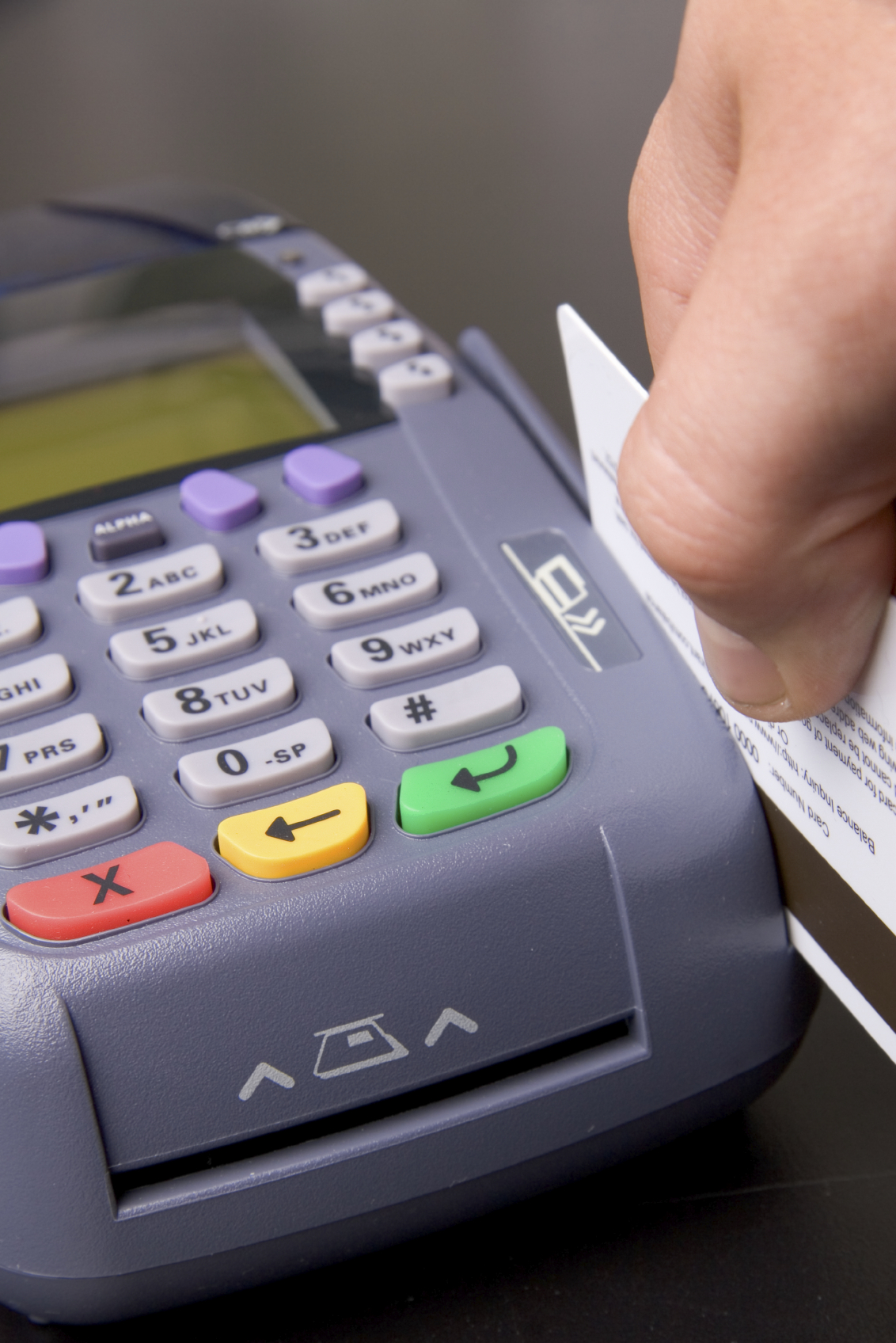Credit Cards & Loans
Consumers shun cash in favour of cards

The number of cash transactions is lower than ever as consumers embrace new ways to pay for everyday items on their debit cards, a study has found.
According to the British Retail Consortium’s (BRC) Payments Survey 2013, debit cards are now used for about a third of all transactions as contactless cards, self-service tills and online shopping allow smaller payments – traditionally made in cash – to be made easily with a card.
Cash payments still account for 53 per cent of all transactions, though they have declined three per cent year-on-year and 10 per cent over five years. In contrast the use of debit cards as a proportion of transactions has increased by more than 10 per cent over the same time period.
Helen Dickinson, director general of the BRC, said: “This shows that customers are embracing digital shopping, whether online or on the high street, and retailers are adapting and evolving to meet the demand with excellent services. However, it is important to note that cash still remains dominant in the overall number of transactions.”
The last five years has also seen a decline in the average debit card transaction value, meaning that consumers are putting smaller and smaller amounts on their cards.
Dickinson added: “Customers are taking advantage of new ways to shop and pay. This is very much in line with the attention customers have paid to price and value during the recent economic uncertainty as they have sought to minimise payments from their budgets for everyday items.”

Wellness and wellbeing holidays: Travel insurance is essential for your peace of mind
Out of the pandemic lockdowns, there’s a greater emphasis on wellbeing and wellness, with
Sponsored by Post Office
Meanwhile, credit card transactions during 2013 fell from 11 per cent of total transactions to nine per cent. The average value of each transaction was up by 12 per cent.
Dickinson said: “The recent pattern of spending on larger but fewer products on credit cards shows that customers are now feeling more confident than they did a year ago and reflects the wider consumer outlook of cautious growth.”